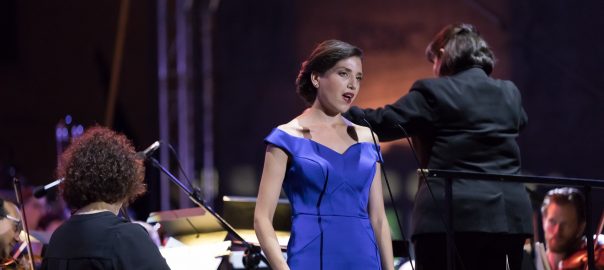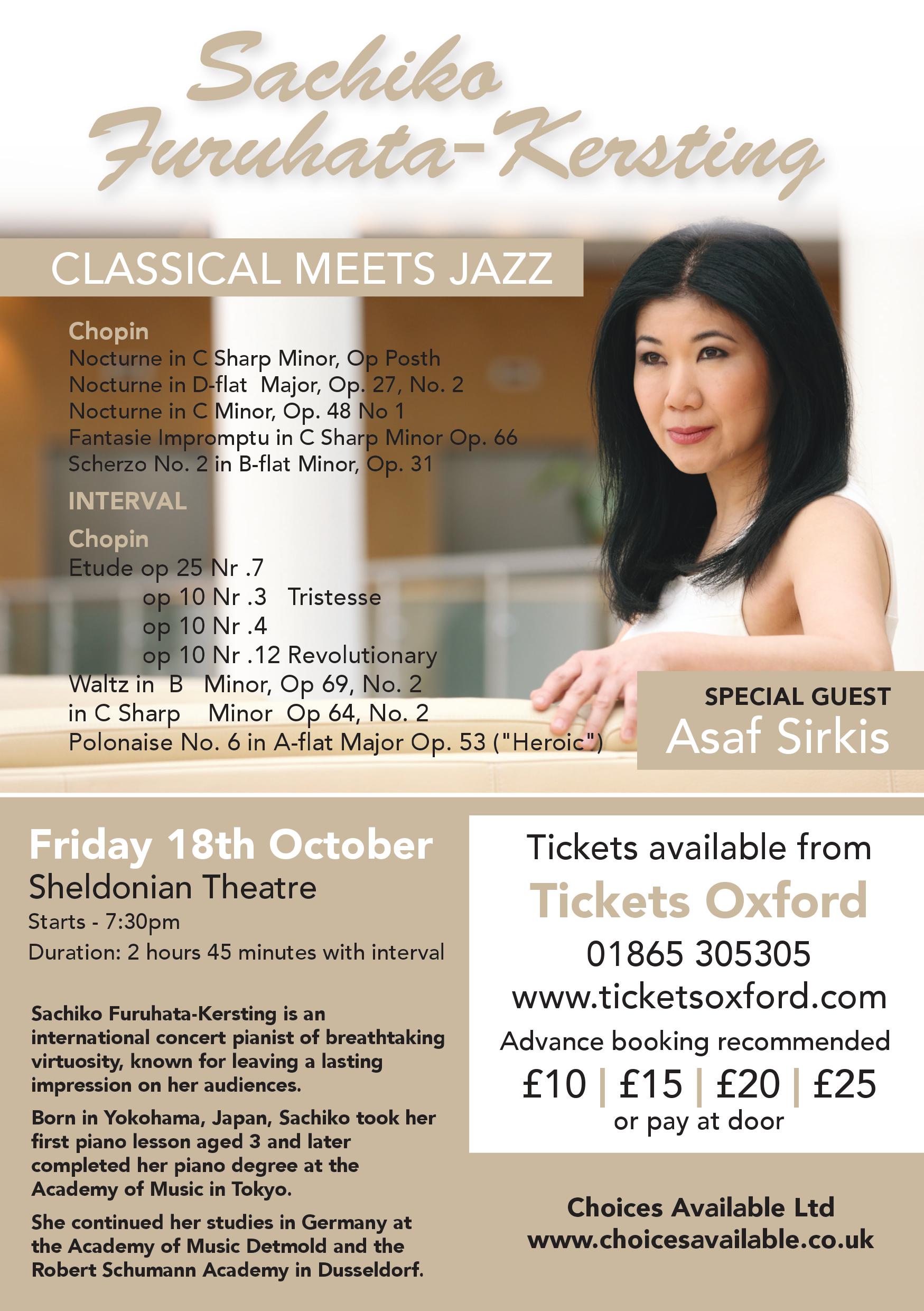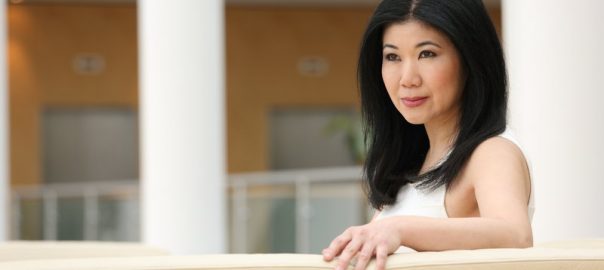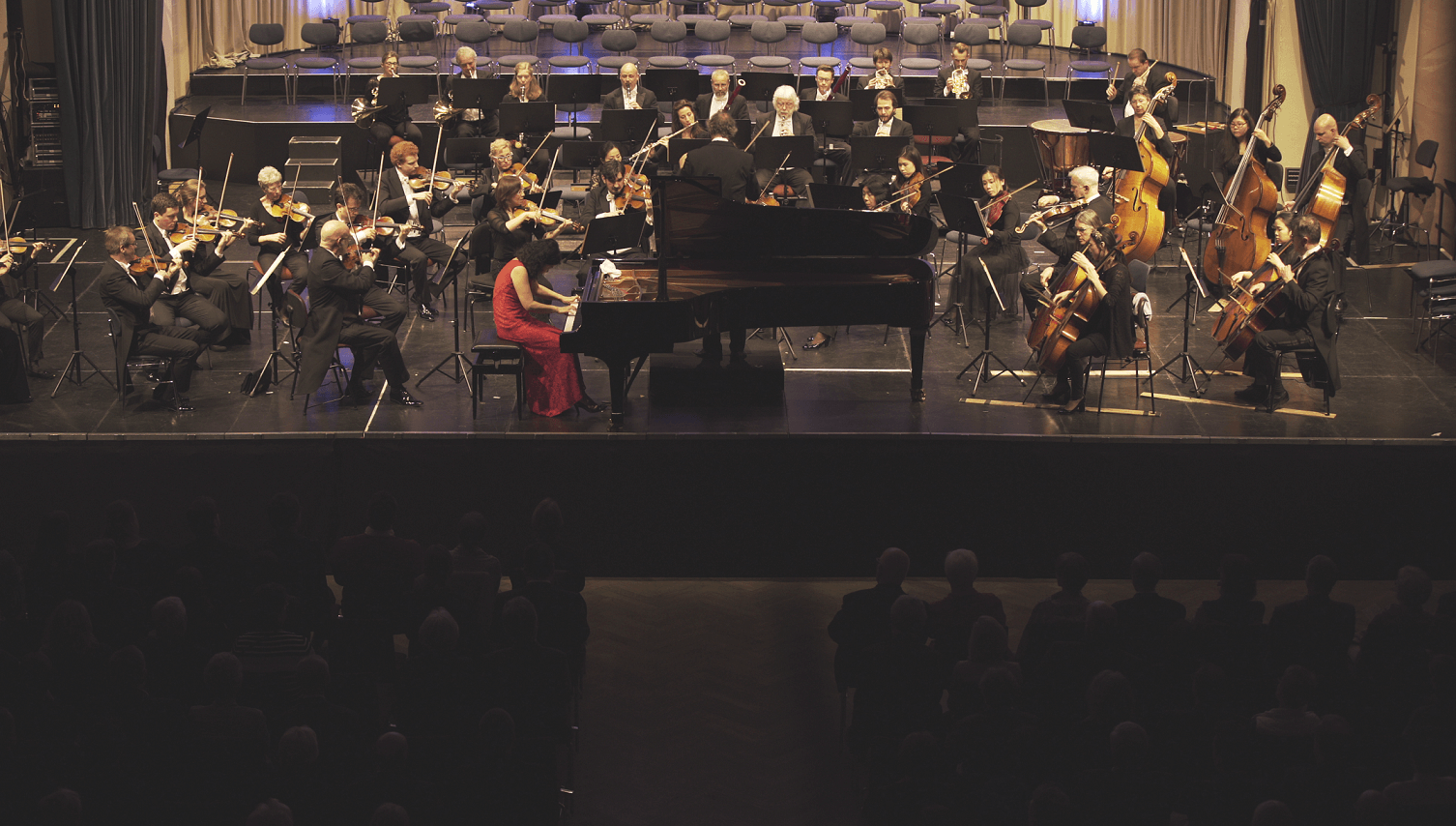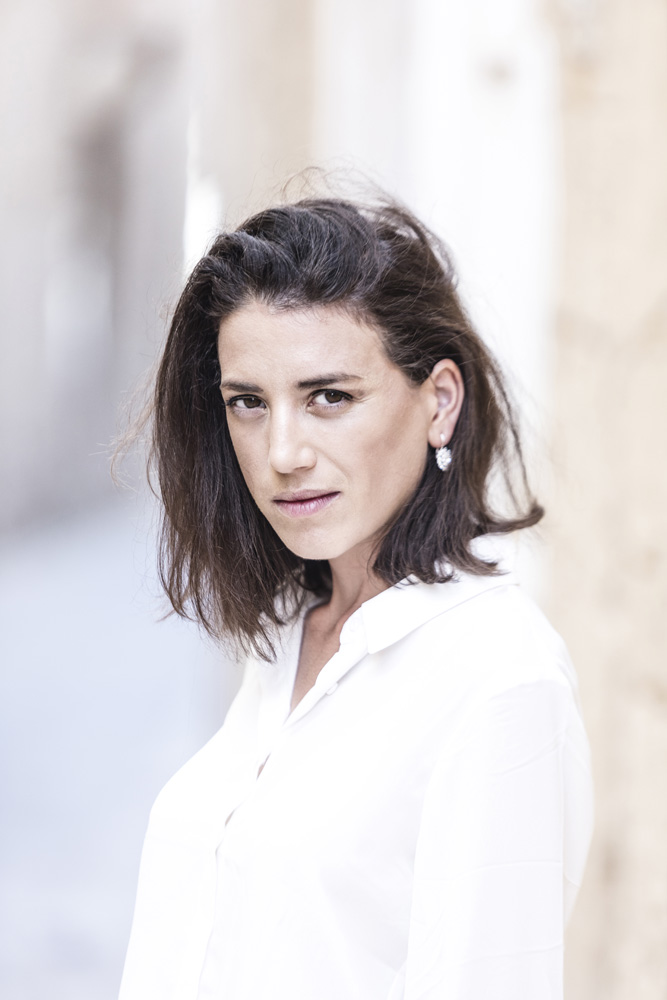
Clare Ghigo- Mezzosopran
Gewandhaus zu Leipzig
Mendelssohn Saal 20: Uhr
Einlass 19: 30 Uhr
Tickets Abendkasse:
www.gewandhaus.de, www.eventim.de
| Program | |
| La Regata Veneziana Anzoleta Avanti La Regata Anzoleta Co Pasa La Regata Anzoleta Dopo La Regata | Gioachino Rossini (1792 – 1868) |
| Swar Suite Birgu Rejoices Night of the Red Moon A long time ago September Song | Reuben Pace (1974) |
| Siete Canciones Populares El Paño Moruno Seguidilla Murciana Asturiana Canciòn Nana Polo | Manuel De Falla (1876-1946) |
| Banalités Chanson D’Orkenise L’Hotel Fagnes de Wallonie Voyage a Paris Sanglots | Francis Poulenc (1899-1963) |
| Se Equivocò La Paloma | Carlos Guastavino (1912-2000) |
| La Rosa Y la Sauce Cabaret Songs Tell me the truth about Love Funeral Blues Johnny Calypso | Benjamin Britten (1913-1976) |
Dieser Liederabend besteht aus einigen der berühmtesten Musikstücke und Gedichte ab dem 19. Jahrhundert. Die gewählte Musik spiegelt die emotionalen Höhen und Tiefen wider, die irgendwann im Leben erlebt werden: von der Begierde, auf den Sieg der Liebsten zu hoffen, über das Singen nostalgischer Melodien, das Klagen in depressiven Zeiten bis hin zur Warnung vor dem Wind.
Rossinis Venezianische Regatta ist ein Zyklus von drei Liedern. Das Mädchen, das die Geschichte erzählt, ist die Partnerin einer der Konkurrentinnen.In der ersten ermutigt sie ihn, warnt ihn aber auch, ihr die rote Fahne zu holen oder sonst etwas. Die Musik des zweiten Liedes deutet darauf hin, dass das Rennen gerade erst begonnen hat. Momalo wird nur deshalb auf den zweiten Platz zurückgestuft, weil er anhielt, um den Erzähler anzusehen. Im dritten Lied macht Momolo das Rennen und ist damit der besondere Mann von ganz Venedig.
Die Auswahl an Liedern aus der Swar Suite wurde ausgewählt, weil sie gut zur thematischen Nation von Volksweisen und Sprüchen passen. Obwohl Paces Musik ursprünglich für eine gleichnamige Oper geschrieben wurde, sterben die Belagerung Maltas von 1565 darstellt, ist seine Musik ein direkter Einfluss der maltesischen Volksmusik. Diese Lieder erzählen die historischen Schlachten, die die kleine Insel Malta ertragen mussten, um barbarischen und ausländischen Angriffen standzuhalten.
Manuel de Fallas Zyklus aus sieben klassischen italienischen Liedern ist eine Sammlung traditioneller spanischer und Flamenco-Rhythmen. Dazu gehören Gitarrenrhythmen wie Rasqueado, Seguidilla Golpe, Zapateado usw.: De Fala hat es geschafft, Musik aus verschiedenen Regionen Spaniens in einer wunderschönen Sammlung darzustellen. Der Text der Lieder beschäftigt sich mit verschiedenen traditionellen Volksmärchen und Volksweisheiten wie „Wer im Glashaus ist, soll nicht mit Steinen werfen“.
Obwohl Poulencs Banalitäten keine volksmusikalischen Vorstellungen suggerieren, lässt die musikalische Vertonung von Apollinaires Gedichten das weltliche Leben in Frankreich erahnen. Das erste Lied handelt davon, wie die Wächter des Lachens des Dorfes Orkenise täglich Liebhaber beobachten, die das Dorf voller Hoffnung betreten und das Herz gebrochen verlassen. Das zweite Lied ist ein ekstatisches Lied, wobei die musikalische Akkorde die beruhigende Wirkung eines Zigarettenzugs suggerieren. im dritten Lied dieses Zyklus deutet Poulenc den brutalen kalten Wind an, der die Qual des Herzens widerspiegelt. Diesm Lied folgt ein schnelles fröhliches Lied, das die Freude des Dichters genau, als er im Begriff ist, in die Stadt Paris zu reisen. Das letzte Lied dieses Zyklus passt zu dem etwas surrealistischen Text, der eine Sammlung herzzerreißender Erinnerungen ist, die wie eine ferne Erinnerung zu einer einzigen verschmolzen sind.
Se Equivocò la Paloma ist ein Lied von Guastavino, das auf ein spanisches Gedicht von Alberti gesetzt ist. Dieses Lied drückt aus, wie falsch die Taube bei der Wahl ihres Migrationsweges war. Ähnlich eindringlich ist das Lied des gleichen Komponisten The Rose and the Willow Tree. Obwohl diese beiden Lieder haben leicht zu hörende Melodien, die poetische Umgebung suggeriert innere Leidenschaft.
Der letzte Zyklus ist die unbeschwerte Sammlung von vier Liedern von Benjamin Britten, die auf Audens finstere Poesie gesetzt sind. Diese Lieder beschäftigen sich mit der Frage: Was ist eigentlich Liebe? Warum gehen die Leute? Warum kümmert es dich nicht? Warte auf mich!!!
This song recital made up of some of the most famous music and poetry from the nineteenth’ century onwards. The chosen music reflects well with the emotional ups and downs that are experienced at some point in life: from eagerly hoping for your beloved to win, to singing nostalgic tunes, to express your lament in depressive times and to give caution to the wind.
Rossini s Venetian Regatta is a cycle of three songs. The girl who narrates the story is the partner of one of the competitors. In the first one she is encouraging him but also warning him to get her the red flag or else…!! The music of the second song suggests that the race has just started. Momolo is demoted to second place only because he stopped to look at the narrator. In the third song Momolo wins the race and so he is the most special man of all of Venice.
The Selection of Songs from The Swar Suite is chosen because they fit well with thematic notion of folk tunes and sayings. Although originally Pace’s music was written for an opera with the same name depicting the Siege of Malta of 1565, his music is a direct influence from Maltese folk music. These songs narrate the historical battles that the small island of Malta had to endure in order to survive barbaric and foreign attacks.
Manuel de Falla’s cycle of seven Spanish classical songs is a collection of traditional Spanish and flamenco rhythms. These include guitar rhythms like the rasgueado, seguidilla, golpe, zapateado etc. De Falla managed to portray music from different regions of Spain into one beautiful collection. The text of the songs deals with different traditional folk tales and popular sayings such as One with glass houses should not throw stones.
Although Poulenc’s Banalities’ does not suggest any folk musical notions, the musical setting to Apollinaire’s poetry suggest the mundane life in France. The first song is about how the guards of laughing of the village of Orkenise daily witness lovers who enter the village full of hope and leave heart broken. The second song is an ecstasy- like song, with the heavy musical chords suggesting the calming effect of a cigarette drag. In the third song of this cycle, Poulenc suggest the brutal cold wind which mirrors the torment of the heart. This song is followed by an uptempo happy song which describes the poet’s joy when he is about to travel to the city of Paris. The final song of this cycle fits the somewhat surrealist text which is a collection of heart wrenching memories merged into one like a distant memory.
Se Equivocò la Paloma is a song by Guastavino set to a Spanish poem by Aliberti. This song translates to how mistaken the pigeon was in choosing his migrating path. Similarly haunting is the song by the same composer The Rose and the Willow Tree. Although both of these two songs have easy listening melodies, the poetic setting suggests inner passion.
The final cycle is the light-hearted collection of four songs by Benjamin Britten set to Auden’s sinister poetry.These songs deal with the question of What is Love, really? Why do people leave? Why don’t you care? Wait for me!!!
